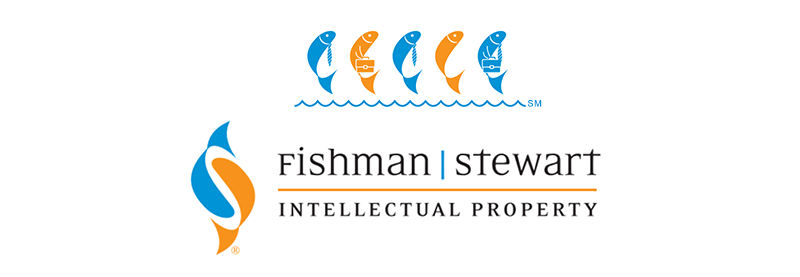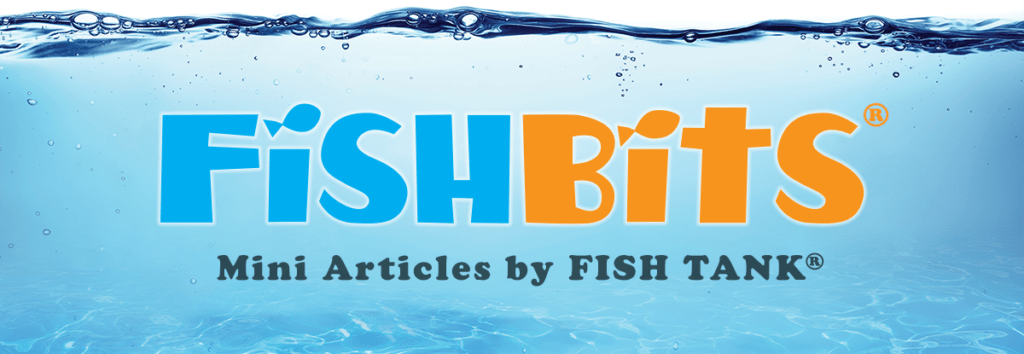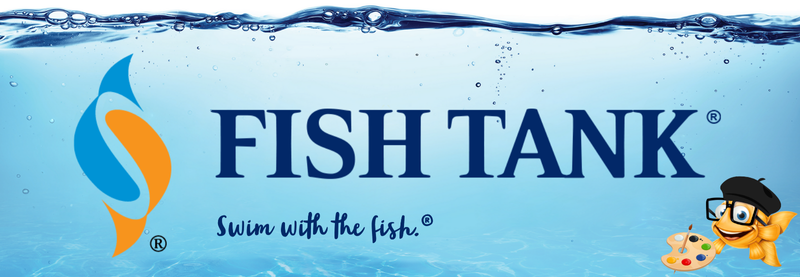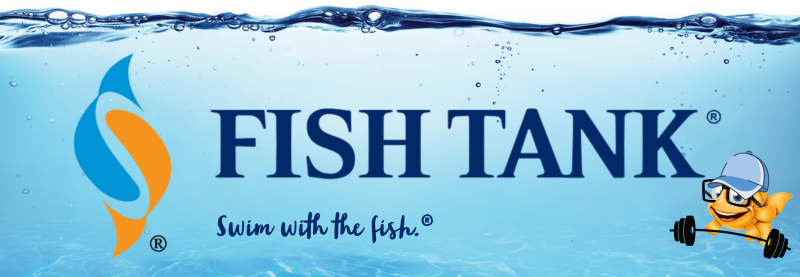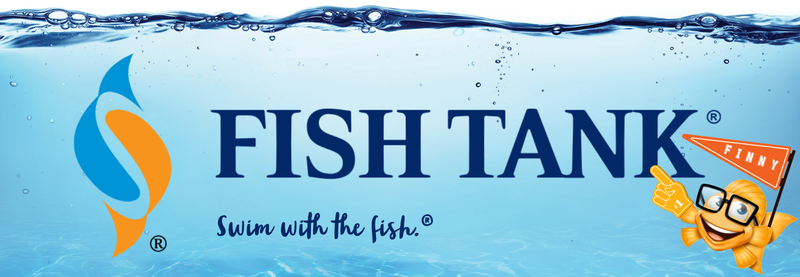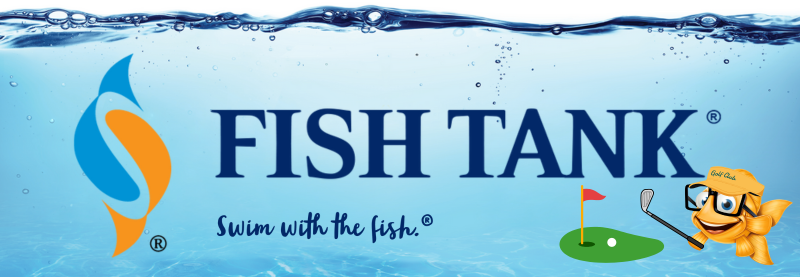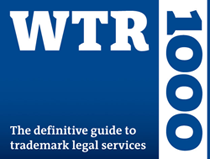Intellectual Property Insights from Fishman Stewart PLLC
Newsletter – Volume 25, Issue 4
Share on Social
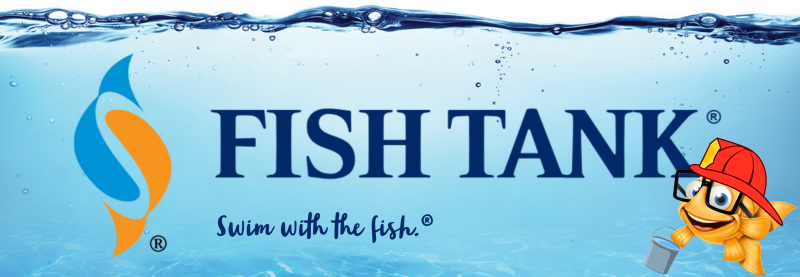

Bottle Cap Trivia and Fire at the Patent Office
A cap for a beverage bottle included an interesting trivia item: “[t]he patent for the fire hydrant was destroyed in a fire.”
An interesting irony, but is that true?
It’s a bit unclear, but the answer is “possibly.”
We know that as of June 4, 2024, the United States Patent and Trademark Office (USPTO) had issued more than twelve million patents. We also know that more than 10,000 patents were in existence before the count began.
So, what’s the story with the fire hydrant patent?
Well, a fire did occur at what was then called the United States Patent Office (Patent Office) on December 15, 1836. The event was widely covered in the Washington, D. C. newspapers of the day, including The National Intelligencer.
Based on the coverage, the fire started in the Blodgett’s Hotel, which housed the Patent Office. Some reports speculated about the cause, but no definitive reason was ever confirmed. Unfortunately, the building was highly vulnerable and had no fireproof storage. To make matters worse, patents were issued solely in paper form, and, at that time, inventors were required to submit working models of their inventions. Many of the models were made of wood and combustible materials. So, the very artifacts that were intended to showcase the ingenuity of the inventions likely contributed to the destruction.
The Patent Office did not make official duplicates. As a result, nearly all patents granted before 1836 were lost, and many inventors permanently lost all official recognition for their work.
Congress acted quickly, and passed the Patent Act of 1837 that year in March. The Act was aimed at addressing the lost patents and the reconstruction of the records. The law encouraged inventors to submit copies of their original patents, models, and supporting evidence to try to reconstruct lost records.
Purportedly, about 2,845 patents were restored. The reconstructed patents received retroactive numbers prefixed with the letter “X” to indicate that they were part of the X-Patent series (pre-1836 patents).
Frederick Graff, Sr. was an American hydraulic engineer who was reportedly a superintendent and an engineer with the Philadelphia Water Works in the early 1800s. Graff was often credited with developing the first practical, pressurized fire hydrant sometime around 1801 in his role as a senior engineer. Graff’s contributions in the field of hydraulics and early design of fire hydrants are well-documented, but many early hydrants were municipal concepts, and may not have been patented at all.
No definitive record proves that a specific patent for a fire hydrant existed before the 1836 fire.
The first verifiable hydrant patents did not come about until decades after the fire.
So, did the fire hydrant patent burn in Patent Office fire?
The 1836 fire was a real event. Given the widespread loss of records in the fire, it is certainly possible that an early fire hydrant patent was among those destroyed. Unfortunately, no official evidence confirms that a patent for the fire hydrant ever existed before 1836, and it is unlikely that any person, or any bottle cap, can make such a claim with any certainty.
John P. Guenther is a partner at Fishman Stewart. John’s practice encompasses all aspects of intellectual property law, including domestic and international patent acquisition and maintenance; trademark and copyright registration; intellectual property enforcement and litigation; trade secret protection; high-profile product and trademark clearances; large-scale due diligence efforts; joint venture and commercial agreements; and licensing.

Related Content from Fishman Stewart
People have long pondered whether or not the Giza pyramids were indeed solely burial chambers, which was the only known, and archaeologically determined, use—until now.
As the story goes, Klein was so taken with the indescribable blue of the sky over the Mediterranean in Nice, France, that he dedicated his artistic talent developing a blue that would imbue the canvas with this color in its purest form.
Despite her pseudo-legal background in Suits, Meghan has been running into one issue after another in her efforts to register the trademark and logo for her new lifestyle company, for now, called “AS EVER”.
By 1930, efforts began in New York to replace Mother's Day with Parent's Day because men were more than just breadwinners. Those efforts didn't catch on, probably because in that era, women often spent more time in the home.
In February, Nike and Skims announced that they will be working together on a new brand, NikeSkims. The co-brand will create a new line of training apparel, footwear, and accessories specifically designed to meet the unique needs of women athletes.
Generally, federal courts have exclusive jurisdiction over copyright cases, and often, this presents an insurmountable paywall for individual artists and small businesses to vindicate their rights, especially where the value of the individual copyrighted works are relatively low.
Dedicated to raising public awareness about the importance of encouraging innovation and creativity throughout the world, the World Intellectual Property Organization (WIPO) annually observes World Intellectual Property Day on April 26 to showcase the role that patents, trademarks, industrial designs, copyrights and trade secrets play in our everyday lives.
Hold onto your foam fingers, sports fans – college sports just got a whole lot more interesting! The latest updates to Name, Image, and Likeness (NIL) rules are making student-athletes bigger than ever, and it’s not just about the game anymore.
Did a federal court in Louisiana recently decide that US copyrights are global rights? It seems so.
L.A.B. Golf aims to protect its innovations, and therefore its market position, owning three patents for its zero-torque design. The question now is whether L.A.B. Golf can withstand the wave of copycat designs.
IDENTIFYING, SECURING AND ADVANCING CREATIVITY®
